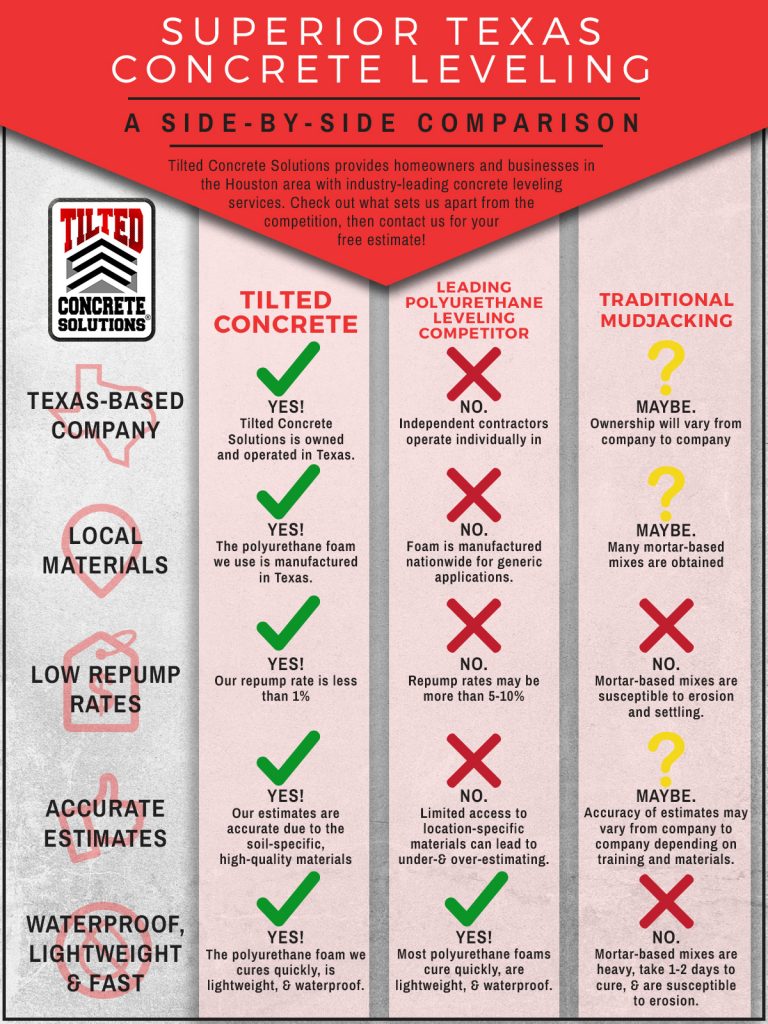Prepare Your Wall Surfaces For Paint With Crucial Pointers And Techniques That Guarantee A Perfect Coating-- Discover The Essential Actions To Raise Your Project
Prepare Your Wall Surfaces For Paint With Crucial Pointers And Techniques That Guarantee A Perfect Coating-- Discover The Essential Actions To Raise Your Project
Blog Article
Web Content Writer-Cooley Cortez
When you're prepping your walls for paint, it's critical to adhere to a methodical process to make certain a flawless finish. Start by taking a look at the wall for any type of damages; this action can make or damage your task. When you have actually determined any kind of concerns, cleansing the surface area properly is necessary, as a filthy wall can influence paint bond. Afterwards, you'll require to spot any flaws and apply a primer. Yet there specify methods and suggestions that can raise your prep work game-- let's explore those additional to attain the best results.
Assessing Wall Problem
Prior to you grab your paintbrush, take a minute to examine your wall surfaces' problem. Look for any type of noticeable damage like cracks, openings, or peeling paint. Read This method can affect just how the paint adheres and looks when it's completely dry. If you see any type of significant damages, you'll need to prioritize repair work prior to diving right into paint.
Look very closely at the appearance of your wall surfaces. Is the surface area smooth, or is there structure that might need special factor to consider? Smooth walls generally call for much less preparation, while distinctive surfaces may need even more time to paint equally.
Additionally, consider the previous paint job. If the old paint is shiny, it mightn't permit brand-new paint to stick effectively. You'll need to know if your wall surfaces have been painted with oil-based or water-based paint, as this can impact your option of guide or paint.
Lastly, remember of any kind of dampness problems. If you see indicators of water damage or mold, address these troubles quickly to stop more problems.
Cleansing the Surface
When you've assessed the problem of your walls, the following action is cleaning the surface area. Start by collecting your products: a bucket, cozy water, a light detergent, a sponge or fabric, and a scrub brush for tougher places.
Begin on top corner of the wall surface and work your way down. Mix the detergent with warm water in your bucket, after that dip the sponge or cloth right into the service. Wring it out to avoid excessive wetness on the wall surfaces.
As you clean, pay attention to locations that could've built up dust, oil, or finger prints. For persistent spots, use the scrub brush carefully to avoid harming the paint underneath. Rinse your sponge or cloth frequently in clean water to stop spreading out dust around.
After cleaning, it's necessary to wipe the walls with a moist towel to get rid of any type of soap deposit. This step makes certain a smooth surface for the new paint to follow.
Permit the wall surfaces to dry entirely prior to moving on to the next preparation steps. This extensive cleaning procedure will help produce a fresh canvas for your painting job, ensuring the most effective results.
Patching and Priming
Patching and priming are important action in preparing your walls for a fresh layer of paint. First, evaluate your wall surfaces for any kind of holes, splits, or blemishes. Use a high-grade spackling substance or patching paste to load these locations.
Apply the compound with a putty knife, smoothing it out so it's flush with the bordering surface. Enable it to completely dry totally, and then sand it lightly till it's smooth and also.
Once you have actually covered every little thing, it's time to prime. Primer aids secure the patched areas, guaranteeing the paint sticks effectively and supplies an uniform finish. Choose a primer suitable for your wall surface kind and the paint you'll be using.
Use the guide utilizing a roller for bigger locations and a brush for corners and sides. If your covered areas are substantially large or porous, you could intend to use a 2nd coat of guide after the initial one dries.
After priming, allowed everything dry completely before carrying on to painting. This prep work will not only improve the appearance of your walls yet also lengthen the life of your paint task.
Take your time, and you'll be pleased with the results.
Final thought
By following these basic steps, you can achieve a smooth and specialist finish on your wall surfaces. Begin by examining their problem, then tidy and spot any type of flaws prior to using primer. Keep in mind to allow ample drying out time and ensure every little thing is smooth prior to you study painting. With the right prep work, you'll establish the phase for a lovely transformation in your area. Currently, gather your products, breathe in the fresh air, and prepare yourself to paint!
